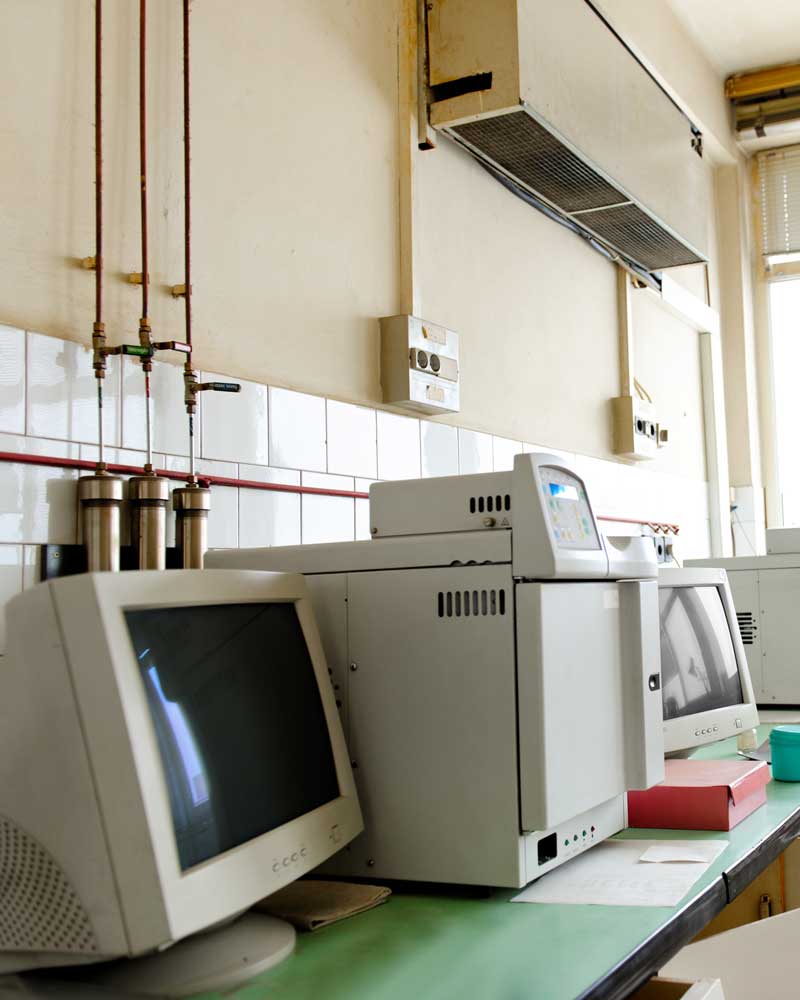You cannot avoid change. However, in some ways, it appears that the medical laboratory industry is trying. Legacy technology is distressingly common in the healthcare industry, and particularly in labs. Earlier this year, Microsoft made the unprecedented move of releasing a patch for operating systems it no longer supported due to the prevalence of those systems, and the magnitude of the threat from the WannaCry virus.
In the business world, Windows 7 still has a 42% market share among operating systems, and Windows 10 still has 34%. “It’s more severe than that in healthcare,” said David Finn, Executive VP of Strategic Innovation from cybersecurity firm Cynergis Tek. “Many people in healthcare are on Windows 7 or older. Our firm already is seeing healthcare providers considering whether they are going to try to maintain (Windows 7) beyond 2020.”
The Cost of Avoidance
The healthcare field is doing its best to avoid change, and it’s paying a price. It’s paying a price in security, as well as efficiency and productivity. Healthcare is falling behind.
“Change is a given and it’s the only constant that exists in our business world today,” says Karen Stabelfeldt, C4’s Director of Public Relations. “In the world that we’re living in now, you have to be adaptable. You have to be able to change, modify and customize. If you’re not willing to do that, you’re going to fall behind. Case study after case study shows that those who thought they could manage today like they did yesterday, using yesterday’s processes, they get left behind.”
The resistance to change in laboratories is understandable. “Once you get into systems that are “functioning” even minimally successfully,” says C4 CEO Todd Stabelfeldt, “and there is no new regulation demanding change, many think ‘why spend money?” In addition, the disruption a system change requires can appear overwhelming, especially at a time when reimbursements are shrinking and labs are asked to do more with less. It’s also true that the older the legacy system, the greater the difficulty in upgrading.
Investing in the Future
Stabelfeldt acknowledges that the period during a system change can be extremely challenging. “However,” he adds, “once you’re through that, you see an increase in productivity that can help ease the way through today’s healthcare challenges.” With greater productivity, you can comfortably do more with the same resources; automation can minimize repetitive or rote tasks, freeing up time for higher value tasks; and faster access to information can further speed response times.
“When you see investment in change strictly as a cost versus an investment in your future,” Karen Stabelfeldt adds, ”change will always lose.” However, today’s healthcare economic and social environments promise constant price pressure, great uncertainty, and the possibility of massive change. Investing in agile, digitally-enabled systems can help you better navigate those challenges, and thus help guarantee your survival.
This is where careful change management comes to the fore. Preparing your organization, knowing what to expect, and getting buy-in from your personnel can make all the difference in a system change. We’ll be talking more about that in future communications.






